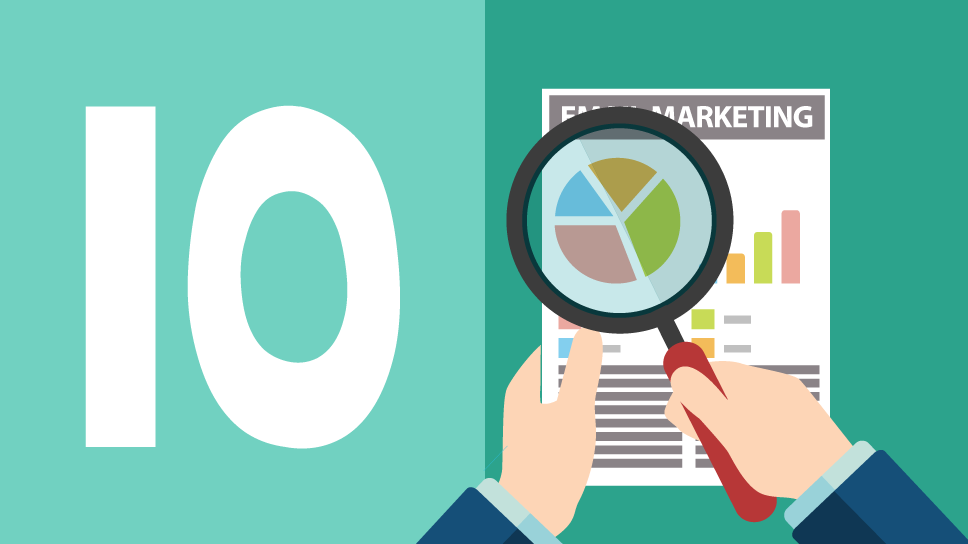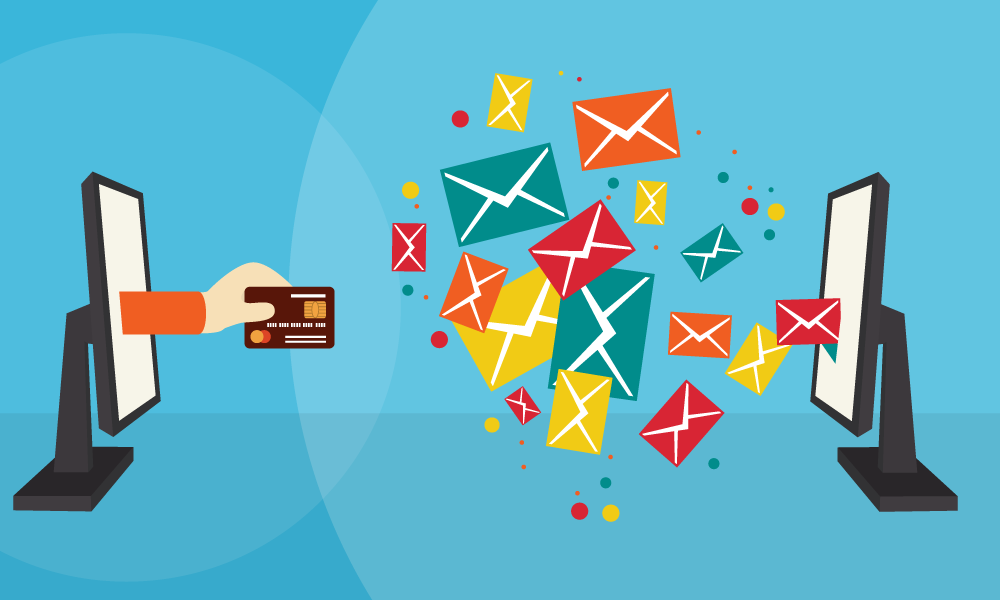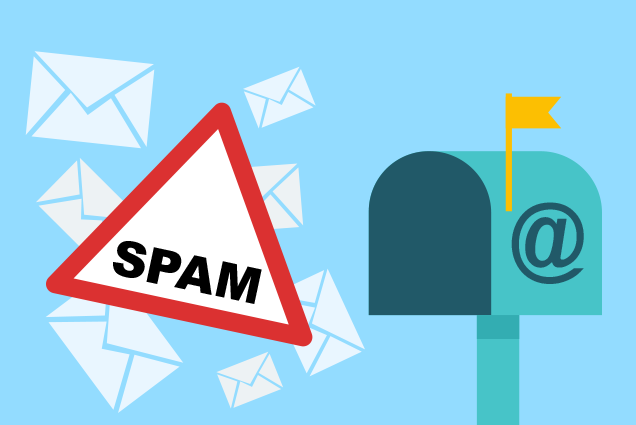In the era of social media, companies continue to make significant marketing investments in Facebook, Instagram, and on other channels. The competition is intense, the background noise is very high, and the threat of fake news damaging a reputation keeps many a communication manager awake at night. So have social networks replaced “old” newsletters as the Web’s main marketing tool?
No.
Statistics show that the use of email as a marketing tool is just as effective and important for companies as it was before social media. Twitter and Facebook might have a subsidiary role in the generation of leads and in promoting messages but email newsletters are still the best way to talk to leads and customers.
Here are some numbers on the state of email marketing in 2019.
1. In 2017, global email users numbered 3.7 billion. This figure is expected to grow to 4.3 billion in 2022. Facebook has just over 2 billion monthly active users and Twitter only 336 million. Emails reach over 80% of the world’s adult population.
(Statista)
2. The number of emails sent and received each day will rise from 269 billion in 2017 to 333 billion in 2022, a 23% growth that follows the spread of internet connections across the planet.
(Statista)
3. Over 90% of consumers use email at least once a day. There is a small percentage of inactive users.
(Sales Force)
4. Spam messages accounts for 48% of email traffic worldwide. Anti-spam filters block most of them.
(Statista)
5. Fifty-nine percent of emails are opened on mobile devices. Only 15% of emails are opened on desktop, while 28% are run on a webmail client.
(Email Monday)
6. Apple iPhone is the most popular email client, followed (and periodically outpaced) by Gmail.
(Litmus)
7. Thirty-one percent of Internet users in the 55-64 age group read marketing emails; 21% of people aged 16-24 read marketing emails. The younger the target, the harder a company has to work to stand out, but no business can take for granted the attention of adult customers.
(Statista)
8. Over 56% of US consumers subscribe to between one and six branded newsletters. Almost 25 percent subscribe to more than ten commercial mailing lists. Competition for space in the consumer inbox is intense and requires intelligent marketing.
(Statista)
9. Eighty-five percent of consumers sign up for marketing emails with the intention of receiving a reward: discounts, special offers, free downloads, etc. Email marketing operators should have a strategy to meet these expectations to stay ahead of the competition.
(Biz Report)
10. Sixty-nine percent of email recipients who report messages as spam base their decision solely on the text in the subject line. Business emails that fail to include a clear and relevant object and preheader will quickly end up in the spam folder.
(Invesp)








